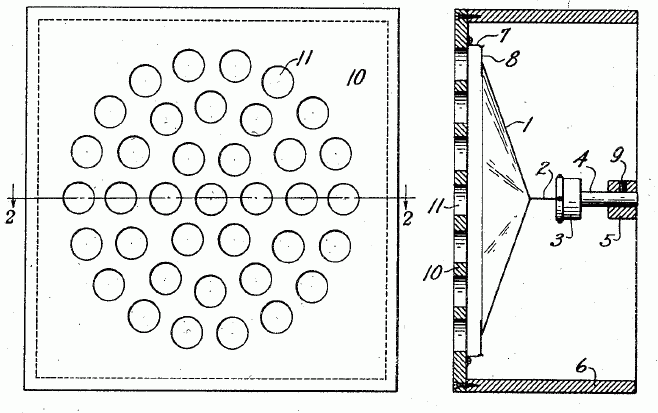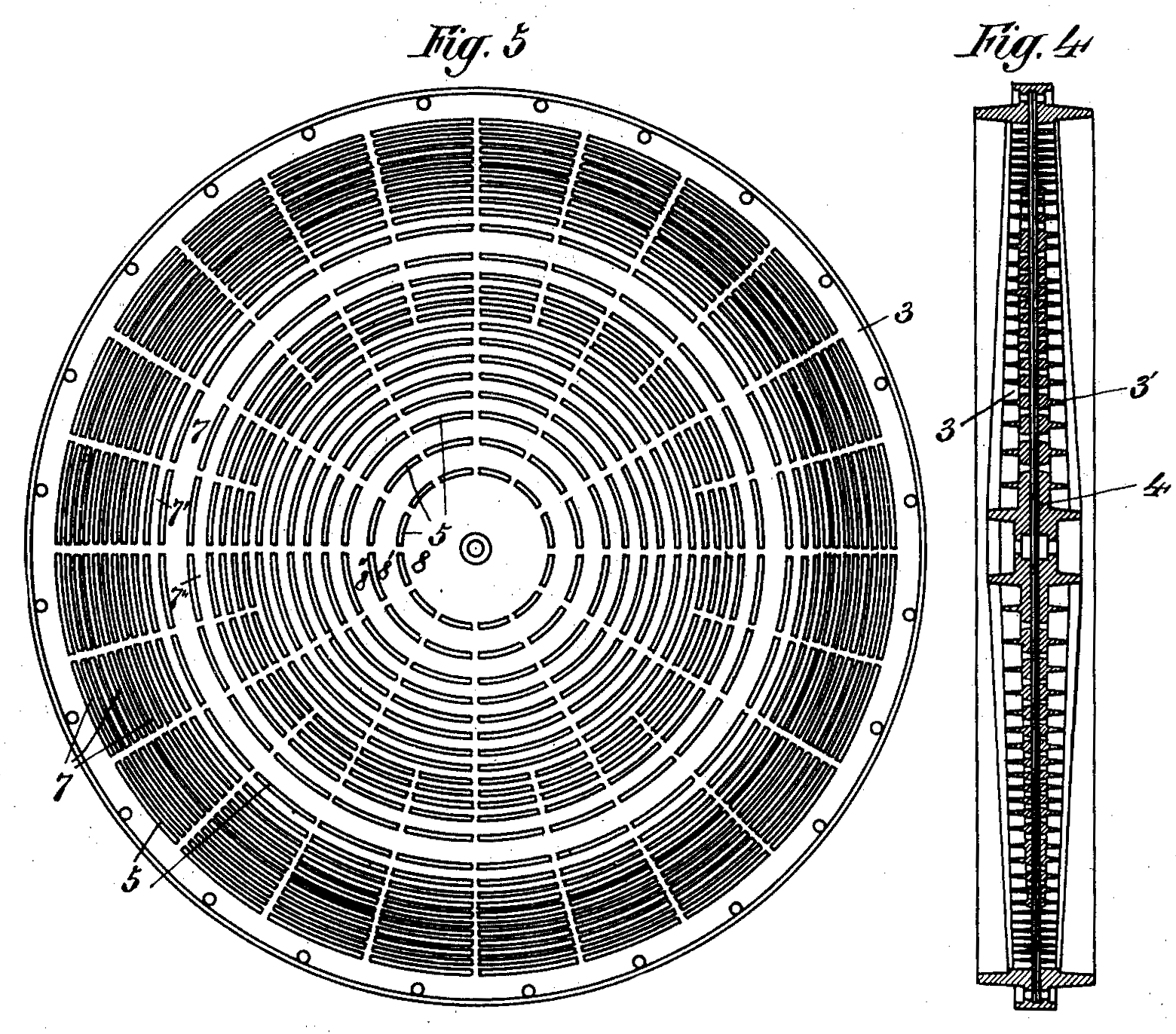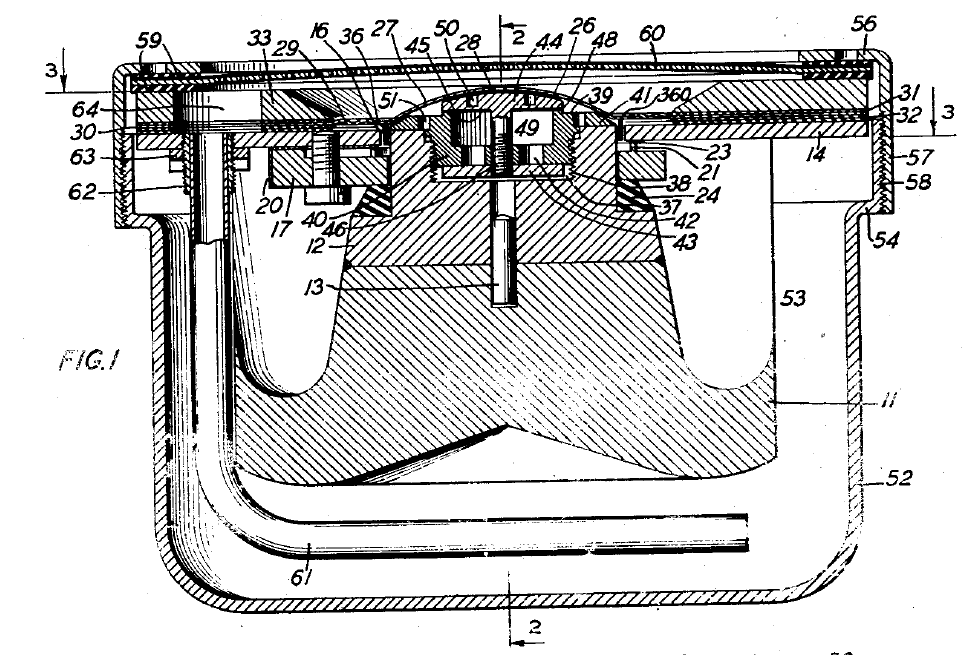Reis’ telephone was perhaps the first loudspeaker of any kind, as it employed a magnetostriction driver mounted in a resonating box. But it would still take many years before inventors discovered the virtues of baffles and enclosures. As Hunt puts it, the baffle is probably the most frequently rediscovered feature of loudspeaker art. Stokes, in 1868, pointed out that the radiation efficiency could be improved by preventing air circulation around the edges of a vibrating surface (the acoustic short-circuit). Rayleigh, a few years later, gave the now classic analysis of the radiation from a piston in an infinite baffle. But by the time loudspeakers were being produced in great numbers, Rayleigh’s Theory of Sound had been out of print for more than two decades, and many inventors discovered the baffle before they discovered Rayleigh.
Read more…A brief history of electroacoustics, pt. 7:
Loudspeaker enclosures







